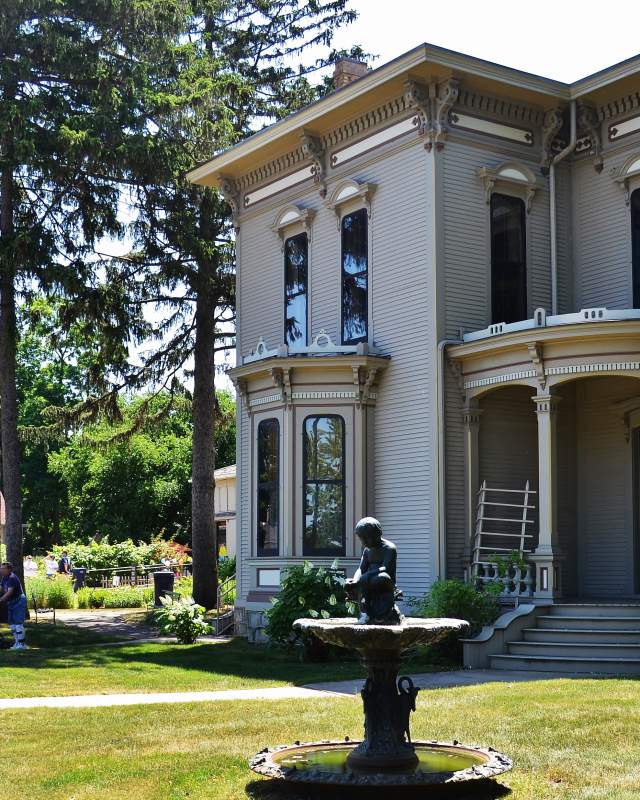History + Museums
Holland has always been proud of its Dutch roots
The Holland Museum, a vault of artifacts and exhibits, chronicles the Holland's rich heritage from its Dutch immigrant roots to its evolution into a vibrant community. History comes alive at the Cappon House Museum, an impeccably preserved Victorian-era home, offering a glimpse into the daily life of Holland's founding families. The Settlers House, a living history museum, recreates pioneer life, providing an immersive experience for all ages. These museums not only showcase the city's past, but also celebrate the resilience and spirit of its people. Exploring these historical attractions offers visitors a deep appreciation for Holland's heritage and the diverse stories that have shaped this charming lakeside town.
